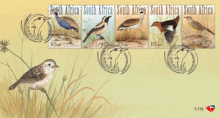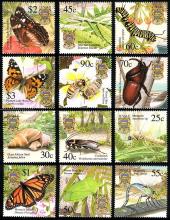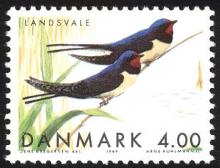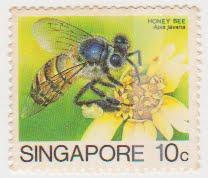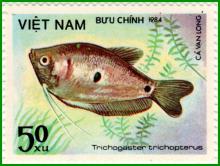A study by Pierre Mineau and Melanie Whiteside points to pesticide use as the single most important indicator of grassland bird declines in the U.S.
A study published Tuesday points to pesticide use as the single most important indicator of grassland bird declines in the U.S., raising long held concerns over wildlife impacts. Researchers in the UK and Denmark have studied why grassland birds have declined faster than birds in any other biome – many linking declines to pesticide use– but similar research had not been conducted in the U.S. Proposed causes have ranged from: larger fields, the rise of uniform crop monocultures, the loss of native and natural habitat, the increase in autumn sowing and finally, the increase to fertilizer and pesticide inputs. Authors Pierre Mineau, PhD., senior research scientist on pesticide ecotoxicology with Environment Canada, and Melanie Whiteside sought to determine to what extent grassland bird declines were linked to agrochemical use in the U.S. The results show that bird decline are, in fact, most correlated to pesticide use, rather than the intensification of crop production.

